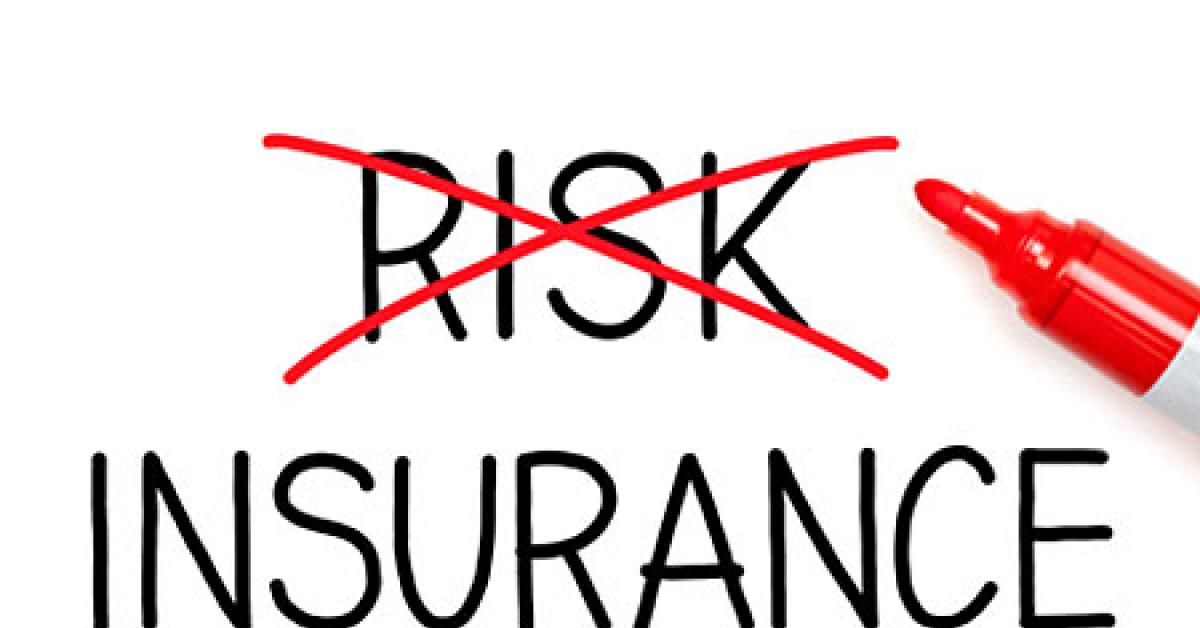RONKONKOMA, N.Y. — Pollution insurance wasn’t always a significant issue, but close to 30 years have passed since business insurance policies stopped including pollution liability coverage.
In the early 1980s, with excessive numbers of pollution lawsuits appearing, insurance companies removed any reference to pollution liability from their standard policies. In fact, in most cases, policies include absolute pollution exclusions.
Today, since standard business insurance policies do not offer the coverage, a separate pollution policy is needed. Most business owners and landlords aren’t aware that the average cost for cleaning a spill from a contaminated drycleaning site can easily be in excess of $50,000, while the average cleanup from a gasoline station is estimated at only $10,000. (These figures are based on a known accident; they don’t include the legal expense associated with the spill, nor do they contemplate if ground contamination has occurred over a long period of time.)
The reason that a dry cleaner’s cleanup cost is so high is simple. The most commonly used drycleaning solvent has been classified as environmentally hazardous, meaning that once it’s released to the environment, it is complicated to trace as well as difficult and costly to clean up.
Generally speaking, most dry cleaners are small, family-run businesses lacking the financial resources to protect themselves from a potential claim due to an alleged release of the cleaning solvents they use on a daily basis. This can involve property damage and/or bodily injury. Many owners think their business is too small to worry about purchasing pollution insurance, but think again. All dry cleaners using, storing and disposing of various solvents are at risk for a pollution liability claim whether actual or alleged, as are their landlords.
For this reason, many landlords today require that a drycleaner tenant purchase pollution liability coverage that names the landlord as an additional insured. But just because a cleaner’s landlord doesn’t require the coverage doesn’t mean said cleaner shouldn’t give it consideration. The fact is, if a cleaner operates a plant location, it should consider the coverage (which may vary based on the primary solvent in use).
Cost of the coverage, which can range from $2,000 to $4,000 per year, may seem high initially. But when weighed against a claim’s or lawsuit’s potential cost of tens or hundreds of thousands of dollars, which could destroy a business by eliminating any equity developed over the years, the easily acquired insurance can be seen as a necessary drycleaning business expense. The nominal monthly expense not only provides for cleanup costs but also legal defense.
Drycleaning business owners should take the time to review their current business insurance and discuss their coverage with their insurance broker. Dry cleaners who own the building in which their drycleaning business is housed should also consider their exposure as a property owner.
Take the necessary steps to protect your drycleaning business and livelihood from the exposure of an environmental claim, which can come in many forms.
Have a question or comment? E-mail our editor Dave Davis at [email protected].
